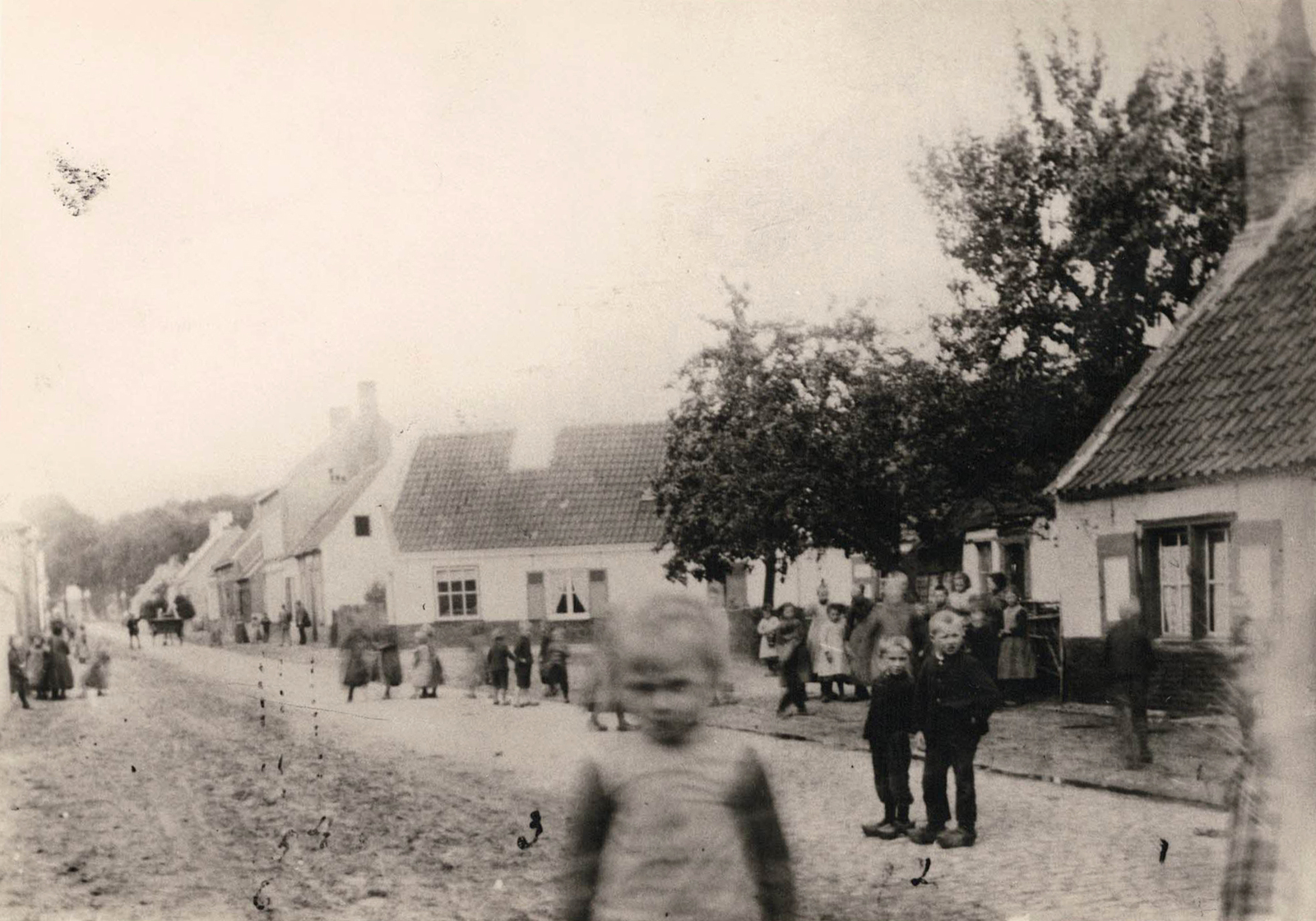Resistance in Lichtervelde

In Lichtervelde, 13 is an unlucky number.
During World War II, two resistance groups were active in the Karel Van de Poeledorp. A group around the mayor Eugeen Callewaert and a group around Father Jozef Raskin. The first group is active in arms trafficking, the second in espionage. The photo above shows two of their quarters. Callewaert's house and his accordion factory on the right, the grocery store where Raskin operates on the left.
Resistance comes with risks. Thirteen Lichtervelden members of the Callewaert group await a harrowing end, as do three members from Torhout and one from Roeselare. The fate of Father Raskin and his two spy companions is similar.
This educational heritage walk is not only a step back in time. It sensitizes around radicalization. Historical polarization case studies provide insight into today's society. This walk makes sense to discuss the concept of (un)tolerance and draw parallels between past and present.
The story begins unsuspecting and naïve in Lichtervelde and ends soberingly tragic in a German place of execution.
===
Eight students from the VIVES college of higher education are processing the story of 'the thirteen' into a heritage walk in a graduation project. Benedict Wydooghe is their supervisor. Anyone who discovers deficiencies can call or e-mail him.
📏 3.7 km
🕑 +/- 3 hours
⭐ Physical: easy; intellectual: be alert
🏔 Flat
📍 Town Hall Lichtervelde
🏁 Peace Monument Lichtervelde



